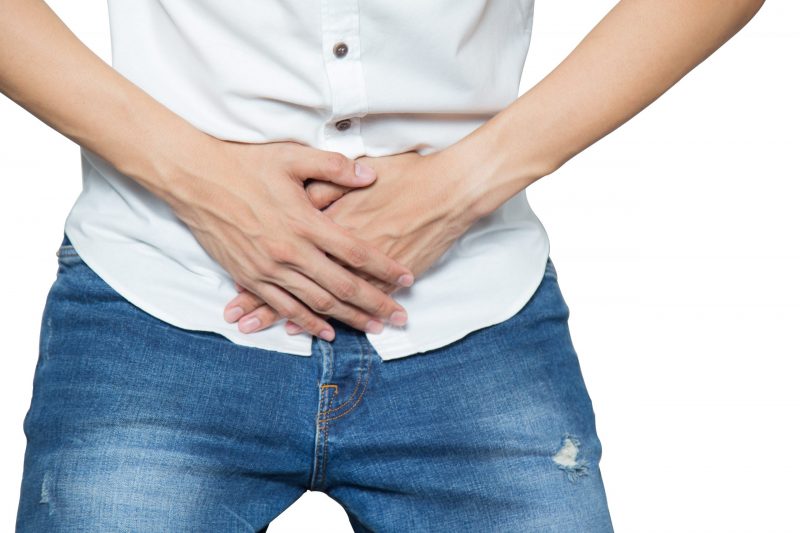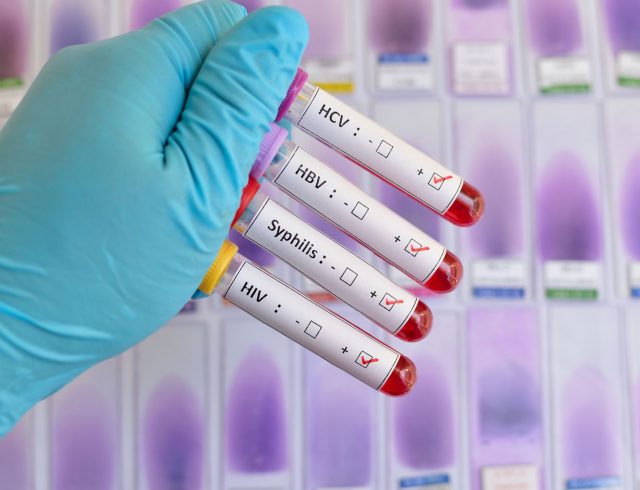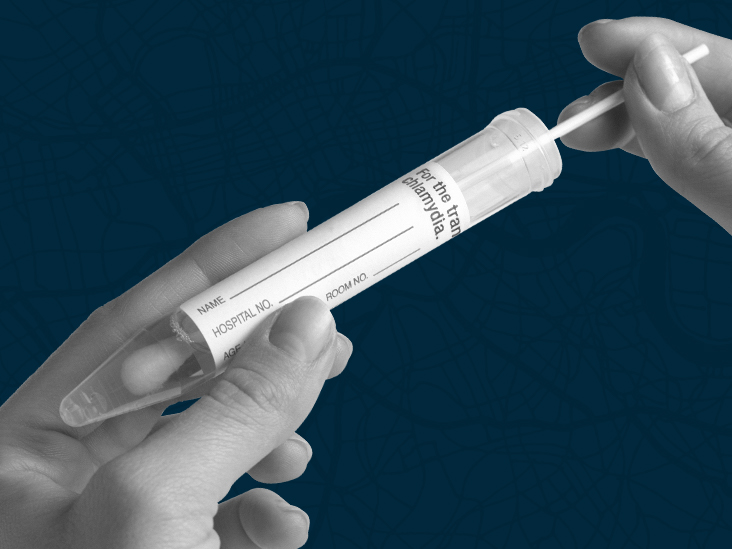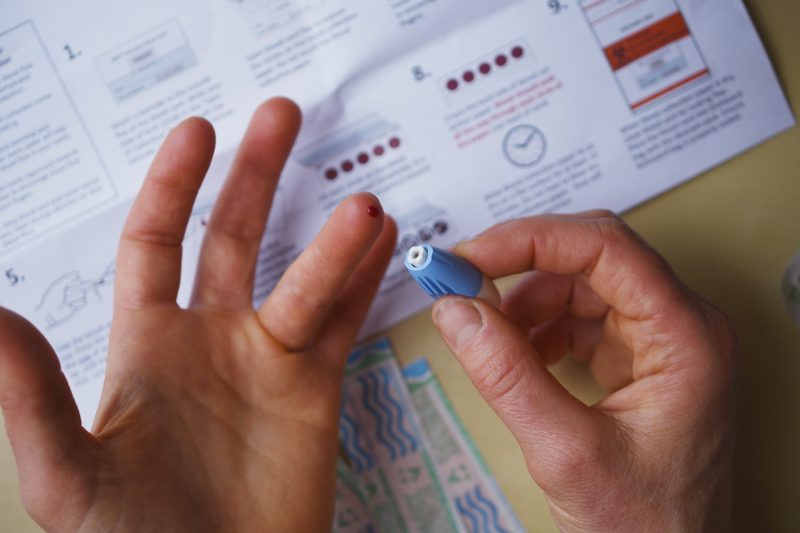STDs are spreading at a rapid rate especially among the young generation. According to the Centres for Disease Control and Prevention (CDC), more than 50% of newly recorded cases are from young people who fall between the age group of 15-24. The World Health Organisation (WHO) estimates that there are nearly 1 million new STD cases reported daily around the world.
In this article, we walk you through what are STDs, the symptoms of STDs, how to get tested for free, and much more.
What are STDs?

The term STD is a shrunk form of Sexually Transmitted Disease, which is recognized as Sexually Transmitted Infections (STIs). STDs are highly contagious and infectious diseases that can lead to severe health complications if not diagnosed and treated at the right time. These diseases, as the name suggests, have the prime nature of transmission through intimate contact. However, there are certain diseases that have the potential to transmit even without having intimacy, such scenarios include – exchange of used razors, accepting blood donations from unscreened donors which can contain the bacteria or other pathogens that cause STDs.
STDs are caused by various types of bacteria, viruses, and parasites. Not all STDs are curable. Some STDs like HIV and Herpes can only be controlled with the help of drugs and by suppressing the activity of the virus and reducing the chances of transmission to other people.
Symptoms of STDs

Symptoms and signs of Veneral Disease (another name for STDs) do not exhibit immediately after contracting the disease from an infected individual. The symptoms also vary according to the types of STI acquired. Virus-induced STDs like Herpes and HIV progresses in multiple stages and therefore different phases have different symptoms, the more advanced the disease has been manipulated, the more severe will be the symptoms. Bacteria and other pathogens that cause STDs do not cause severe long-term complications – if treated at the earliest.
Following are some of the commonly seen symptoms of STD infection:
- Genital discharge
- Painful urination
- Tiredness
- Rashes
- Itching and dry skin
- Abdominal pain
- Unusual vaginal bleeding in women
- Pain in testes in men
Most of the STDs show late symptoms, leaving a vulnerable time period of spreading the disease to other intimate partners without the knowledge of the person itself. Thus, when you start seeing these symptoms, get tested for STDs as quickly as possible. The quicker you react the more easily it is to recover from the disease.
Types of STDs

Not all STDs are the same in terms of infections, symptoms, and treatment. Some STDs may show symptoms within the first week, some may show in a matter of weeks to months, and there are a few STDs that do not show symptoms for several months.
There are more than 20 different types of STDs categorized by their causing agent and symptoms, however, not all the STDs are rapidly spreading. There are 6 types of STDs that have contributed to the bulk numbers of overall STD cases, they are:
- Chlamydia
- Gonorrhea
- Syphilis
- Herpes
- HIV
- Trichomoniasis
When it comes to treatment and complete cure, some STDs, particularly virus-causing STDs like Herpes and HIV have no complete cure to date. Other STDs which are caused by bacteria, parasites, and fungus-like pathogens can be cured because the invaded foreign pathogens can be terminated with the help of antibiotics and medications.
How to Test for STDs?

Testing for STDs can be done in two ways. One, a traditional way of approaching a lab and dropping your blood sample to test for the suspected STD according to the symptoms you exhibit. On the other hand, with the ease of the internet, everything is just one click away. You can order at-home STD test kits that have all the information and tools you need to take a finger-prick blood sample and post it back to the mentioned lab address.
Typical STD testing results will be provided in 2 – 5 business days.
How to Find Free STD Testing Providers in the US?

Nothing comes free, especially in terms of healthcare. The only free stuff in healthcare is Government funded camps and testing centers that are put up on calendar dates. If you are fortunate you can get tested there if there’s an active camp running. Everything else that claims to be free, beware of the “hidden costs” that may surprise you at the end.
Finding free STD clinics will be the first that comes to mind to the youngsters as they cannot afford to pay the hefty medical bill for STD testing. However, that is not the case. Medical diagnostics providers like DxSaver.com lists the labs nearby your location at-home STD testing for those who are not comfortable visiting the lab or have no time to schedule one out of their busy day-to-day schedule.
Some may ask whether symptoms can disappear on their own without taking any medications and some people hope the symptoms go away on their own without consulting a doctor. This is not advisable. The symptoms may disappear for a while, but the bacteria or virus that causes the disease is still dormant. Leaving it undiagnosed and untreated can lead to a severe outbreak of symptoms and result in hospitalized treatment.
Conclusion
STDs are declared as an epidemic and not to mention the lives that some STDs have taken. It is always a good idea to get screened for STDs at least once every six months if you are sexually active. Finding free STD centers can be intimidating, but almost every “free” claiming STDs have a cost behind it, after all, they need to compensate for the service they provide. Spread the knowledge of STDs to other partners and help stop the spread of these deadly diseases.


